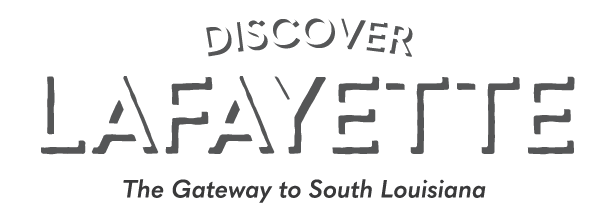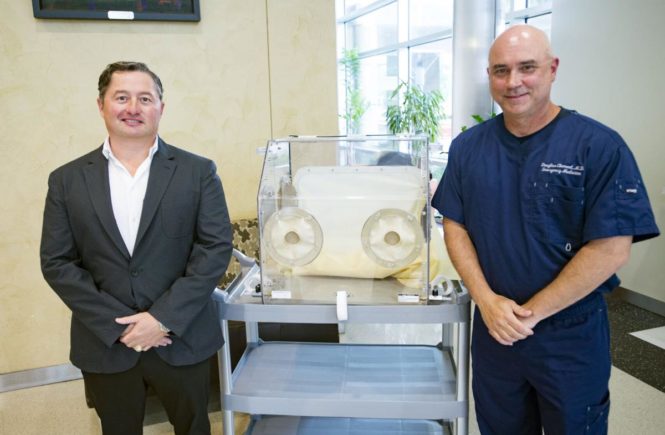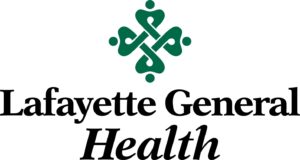Podcast: Play in new window | Download (Duration: 36:58 — 50.8MB)
Erick Knezek, Navy veteran and founder of Oceanetics, Inc, , joined Jan Swift of Discover Lafayette to discuss his company’s newest FDA approved COVID-19 medical device, the NRSAVR-100, otherwise known as the “nurse saver.” The device was developed with the expertise of Dr. Doug Clement, an ER doctor affiliated with Our Lady of Lourdes in Lafayette, who is currently treating COVID patients, was instrumental in starting the virus screening program at the Cajundome, and has helped develop methods for testing and keeping healthcare workers safe.
Dr. Clement and Knezek are personal friends and discussed the hazards healthcare workers face when treating COVID patients, as well as the rapid rate in which the hospitals’ PPE (personal protective equipment) is depleted as staff move from room to room. In a typical scenario when a patient is intubated, the physician wears an intubation hood (“splash shield”) for protection from the potential release of droplets from the patient’s airways, but the support staff surrounding the doctor are still subjected to the aerosolized virus particles.
A concurrent and expensive need in hospitals treating COVID patients is to have sufficient isolation rooms that keep the patient from spreading the disease to others. Negative pressure rooms are utilized to maintain lower air pressure inside the room so as to keep contaminated air from escaping into non-contaminated areas and infecting others. These rooms are expensive and in relatively short supply.
With guidance from Dr. Clement, Knezek created a design for the nurse saver to create a closed air system that surrounds the cephalic region (head, neck, and shoulders) of the patient with plexiglass and rubber barriers. The device has two valves that pump in air from the hospital’s ventilation system but keep contaminated air from being released back into the room. Six rubber shrouds contain armholes so that healthcare workers can stick their arms in to access the patient to intubate, hook up monitors, insert tubes, or deliver medications without breaking the seal. The contaminants are sucked out by the nurse saver which filters the contaminated air. The design was tweaked a bit after testing and the final prototype has received FDA Emergency Use Authorization.
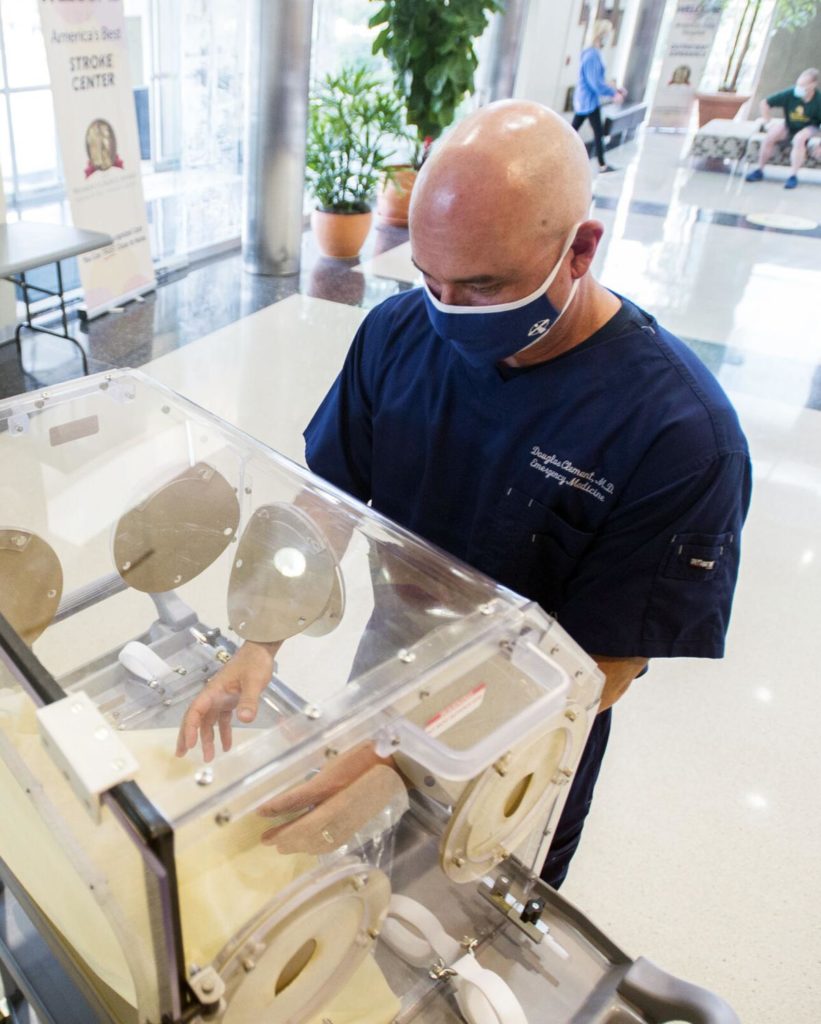
Dr. Doug Clement demonstrating how the NRSAVR-100 (“nurse saver”) effectively seals in contaminated air exhaled by COVID-19 patients. Photo by Leslie Westbrook of the Advocate.
Combining the nurse saver with PPE the staff wears dramatically increases the workers’ safety. As a comparison, when a patient is on a ventilator, the air is exhaled into the room, thus necessitating a negative pressure room to prevent contamination of the space. Utilizing the nurse saver affords a much more cost-effective solution ($3000 versus the cost of converting space into negative pressure rooms), allows the patient to be transported within the hospital, and eliminates the need for staff to change PPE at every room entry and exit. The device also allows the patient to be flipped to lay on their stomach (proning), to help keep the patient’s lungs open.
The first few of the nurse savers have been given to Lafayette General Health and feedback is being provided. The nurse saver is the only negative pressure cephalic environment device on the market at this time. While there have been no sales yet, Knezek expressed his hope that the medical community will see the exceptional value the device provides and its ability to increase isolation capacity 100 fold. For more information on the nurse saver, visit https://www.intubationhood.com/ or https://www.oceanetics.com/.
Knezek is a graduate of Lafayette High and the US Naval Academy who earned a Bachelor’s and Master’s degree in Ocean Engineering. He served in the Navy as a Seabee Officer deployed in Bosnia-Herzegovina as a dive officer, with a focus on anti-terrorism infrastructure and port security barrier development and installation. His last two years in the Navy were after the USS Cole bombing in Yemen and the attacks of 9/11.
With over 24 years of ocean engineering, fabrication, and marine installation experience serving the Department of Defense engineering needs, Knezek is currently a Ph.D. Candidate in Systems Engineering at UL Lafayette.
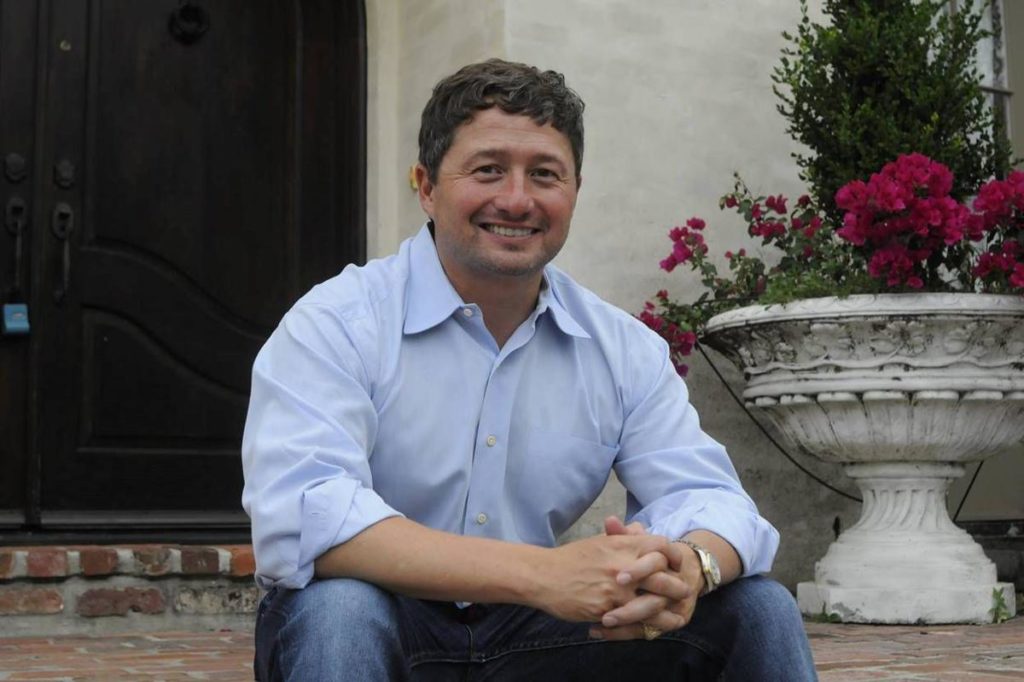
We thank Erick Knezek for his service to our community and for his contributions to medical science and ocean engineering.
